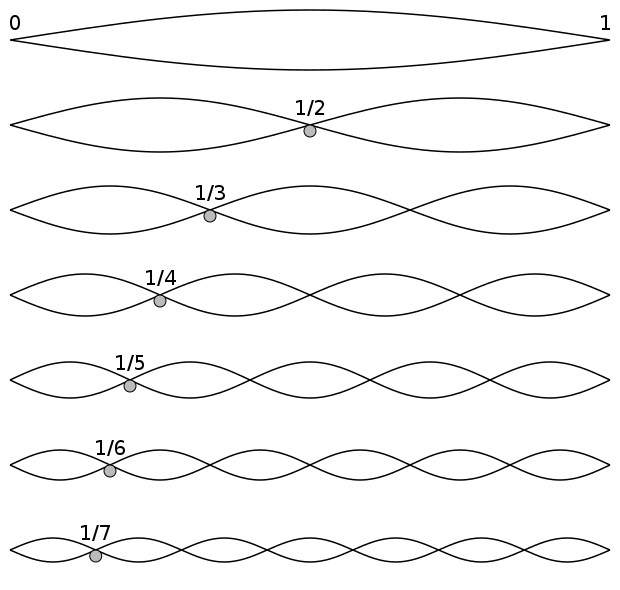Interference is when two waves sorta "line up" together. Depending on how they "line up," the two waves combine to form one wave that is either of lesser or greater amplitude than the two waves were just on their own. Think of it like this: If one wave is going along with an amplitude of, let's say, 2 dB, and it meets up with another wave that's out of phase with this first wave, and the second wave's amplitude is 1.5 dB, then the resultant effect will be the 1.5 dB wave "canceling out" some of the amplitude of the first wave. So you'd get a net result of a 0.5 dB sound wave. If, however, the 2 dB sound wave meets up with a wave that's totally in phase with it, and this wave is going along at 2 dB, the resultant wave will be 4 dB. So, yes, interference is very much like when you hang out with that soul-sucking person you really shouldn't be around (destructive) or that person who just makes you feel great (constructive). (That's a super-basic way to represent interference mathematically, and the real math is much, much more detailed and complex, but it's just there to give you an idea. So please don't go around thinking it's just addition and subtraction when scientists are figuring out interference. It'd be a bit like those people who think a graduate degree in vocal performance just means you sing karaoke all day and get a degree for it.)
Sound waves travel along just fine until they hit a boundary. When that happens, the waves bounce off the boundary and become reflected waves. The initial wave, called the incident wave, can meet up with the reflected wave where the two waves interfere with one another to form a new wave that is the sum of the other two waves. This is called the principle of superposition. (I know I'm getting a bit redundant, but hang with me here.) If, during superposition, two waves meet up that are completely in phase, the result is a standing wave.
 |
 |
| The red and blue waves meet up to form the standing wave in black. Other cool animations can be found here and here. |
 |
| First fundamental and first six overtones of a string |
*That last bit is very, very important, and it seems to be where a lot of singers get very confused...usually not due to any fault of their own. The vocal tract absolutely cannot create sound waves or overtones to those sound waves: Not the singer's formant, not the harmonics, not any of it. All of the frequencies picked up by a spectrograph originate from vocal fold vibration. The vocal tract only acts as a filter for the frequencies sent out by the vibrational pattern of the vocal folds. And that's where we'll pick up next time!
Raphel, L. J., Borden, G. J., Harris, K. S. (2007). Speech science primer: Physiology, acoustics, perception of speech (5th ed.). Philadelphia, PA: Lippincott Williams & Williams.

No comments:
Post a Comment